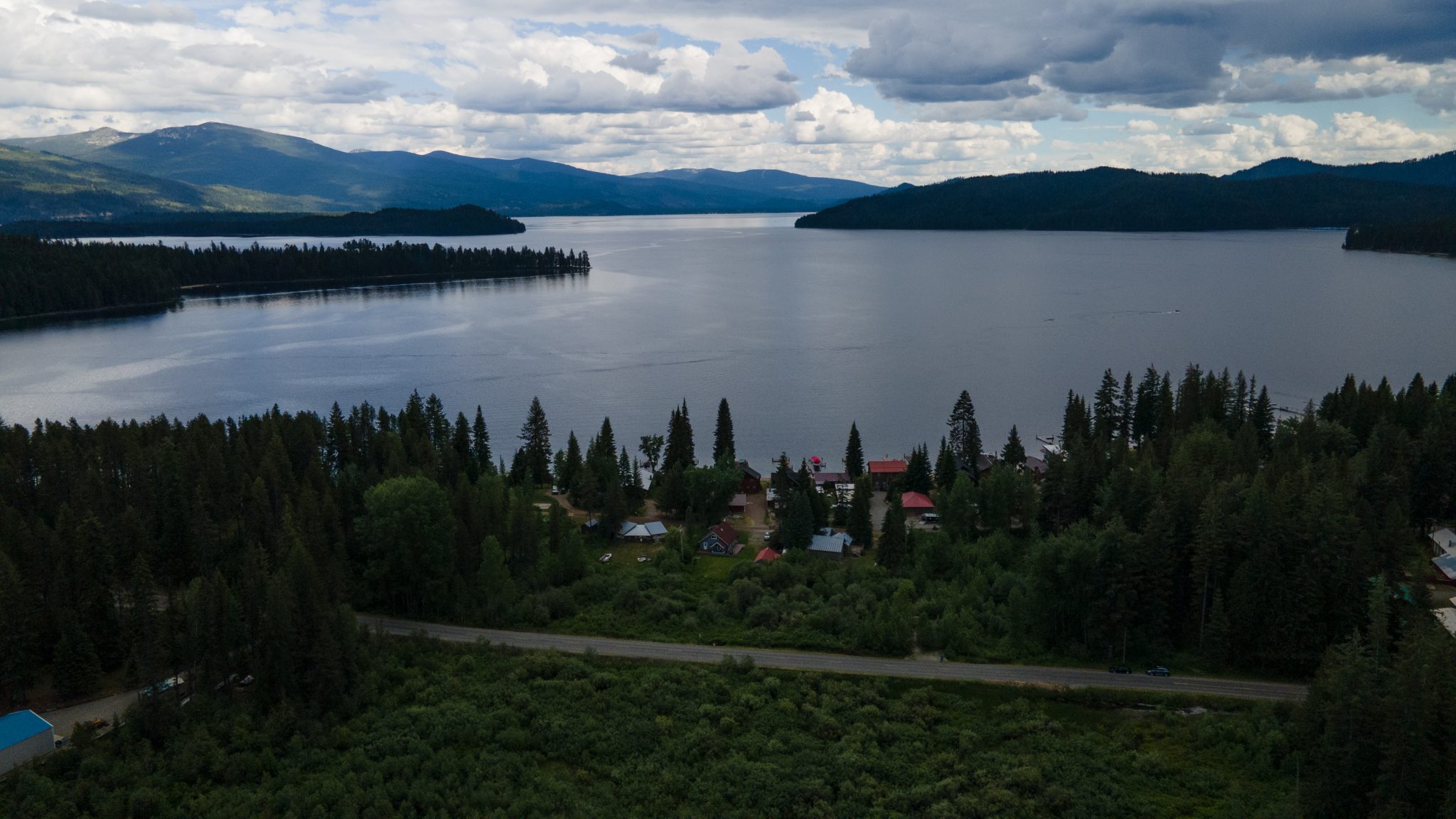The first Monday in October is right around the corner.
CASE PREVIEW
EPA’s authority over wetlands is at stake as justices wade back into regulatory morass
By Amy Howe
on Sep 29, 2022 at 4:50 pm

A property 300 feet from Priest Lake in the Idaho panhandle is the site of a Clean Water Act dispute between the EPA and the property owners. (Pacific Legal Foundation via Flickr)
When the Supreme Court returns to the bench on Oct. 3 for the start of its new term, it will begin with a case that is not new to it. In
Sackett v. Environmental Protection Agency, the justices will once again weigh in on an Idaho couple’s efforts to build on land that they own – specifically, what test courts should use to determine whether the Clean Water Act applies to the land, which the EPA has deemed a wetland. The answer could have significant implications for the EPA’s efforts to regulate wetlands more broadly.
In 2004, Michael and Chantell Sackett purchased an undeveloped lot 300 feet from Priest Lake, a large lake near the U.S.-Canada border in the Idaho panhandle. In 2007, the Sacketts – who had obtained building permits from the county – began to prepare the land to build a home on it, depositing roughly 1,700 cubic yards of gravel and sand on the two-thirds-acre lot.
Soon after the Sacketts began work on the land, they received a notice from the EPA telling them to stop. The Sacketts’ property, the EPA said, contains wetlands that are protected by the Clean Water Act, which prohibits the discharge of pollutants – including rocks and sand – into “navigable waters.” “Wetlands” is a term that includes swamps, marshes, and bogs, and the CWA defines “navigable waters” as the “waters of the United States, including the territorial seas.” The EPA ordered the Sacketts to restore the site to its original condition; a failure to do so, the EPA told the couple, could lead to fines of over $40,000 per day.
Instead of complying with the EPA’s order, the Sacketts went in 2008 to federal court, where they challenged the EPA’s authority to regulate their land under the Clean Water Act. The first round of the dispute made it to the Supreme Court, which in 2012
unanimously agreed that the Sacketts could immediately litigate their challenge to the EPA’s order in federal court.
{snip}
Recommended Citation: Amy Howe,
EPA’s authority over wetlands is at stake as justices wade back into regulatory morass, SCOTUSblog (Sep. 29, 2022, 4:50 PM),
https://www.scotusblog.com/2022/09/epas-authority-over-wetlands-is-at-stake-as-justices-wade-back-into-regulatory-morass/